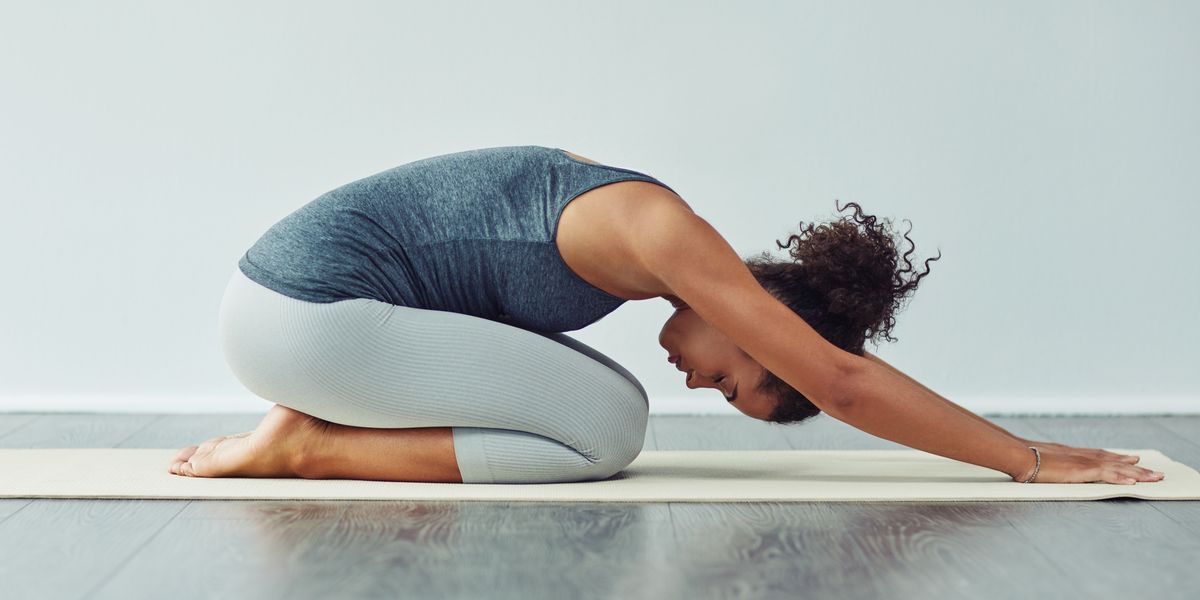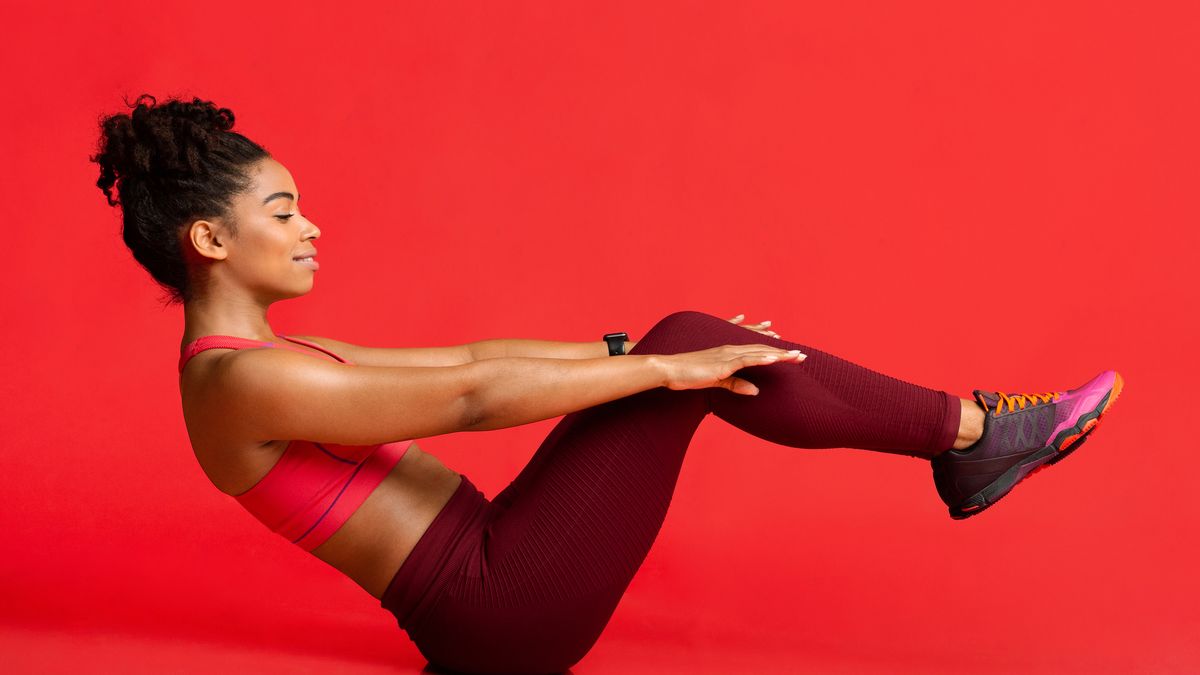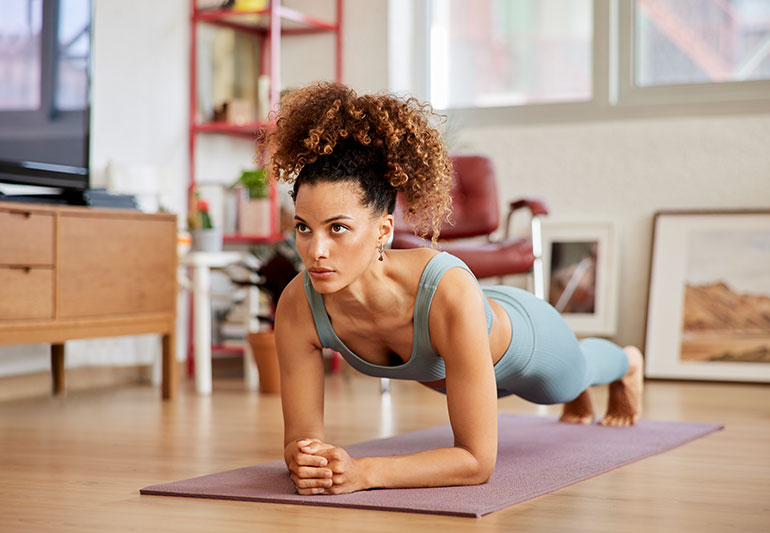Are you tired of slouching and hunching over, feeling the strain on your back and neck? Do you want to improve your posture and stand tall with confidence? Look no further, because in this post, we will share with you the best exercises to help you achieve better posture.

Contents
15 Best Exercises For Posture
Here are some of the best exercises to improve your posture:
- Plank: This exercise engages your core muscles, including the abdominal and lower back muscles, promoting stability throughout your body.
- Bridge: By strengthening your glutes and hamstrings, the bridge exercise helps align your pelvis and improve posture.
- Superman: This exercise activates the muscles in your back, particularly your erector spinae, which help maintain an upright posture.
- Bird Dog: By simultaneously engaging your core and back muscles, the bird dog exercise enhances stability and improves posture.
- Wall Angels: This exercise involves standing with your back against a wall and sliding your arms up and down, which helps to strengthen your upper back and shoulder muscles.
- Cobra Stretch: By extending your spine and stretching your chest, shoulders, and abdominals, the cobra stretch promotes proper alignment and helps correct rounded shoulders.
- Cat-Camel Stretch: This stretch targets your spine, promoting flexibility and helping to alleviate tension in the neck and back.

- Scapular Retraction: By squeezing your shoulder blades together, this exercise strengthens the muscles responsible for proper posture.
- Deadlift: This compound exercise engages your entire posterior chain, including the muscles of your back and glutes, promoting good posture.
- Rows: By targeting the muscles of your upper back, rows help improve posture and prevent slouching.
- Lat Pulldowns: This exercise works your latissimus dorsi muscles, helping to improve shoulder stability and support a more upright posture.
- Bicep Curls: Strong biceps help maintain proper alignment of the shoulders, which contributes to good posture.
- Face Pulls: By targeting the muscles in your upper back and shoulders, face pulls help correct posture by counteracting the effects of sitting and slouching.
- Yoga: Practicing yoga poses, such as downward-facing dog and warrior II, can improve your posture by increasing flexibility, strength, and body awareness.
- Pilates: Pilates exercises focus on core strength, stability, and alignment, making them ideal for improving posture.
Benefits of Proper Posture
Having proper posture is not just about looking good; it comes with a wide range of benefits for your overall health and well-being. By maintaining the correct posture, you can experience the following benefits:

- Reduced muscle tension and fatigue: Poor posture puts unnecessary strain on your muscles, leading to tension and fatigue. Good posture helps distribute the workload evenly, reducing muscle strain and allowing you to conserve energy throughout the day.
- Improved spinal health: Proper posture ensures that your spine is correctly aligned, reducing the risk of spinal conditions such as herniated discs and chronic back pain. By maintaining a neutral spine alignment, you can support the natural curves of your spine, promoting its health and longevity.
- Enhanced breathing and circulation: Slouching or hunching over can compress your diaphragm and restrict your lung capacity. Good posture allows for optimal lung expansion and circulation, leading to improved oxygen flow throughout your body, increased energy levels, and better overall health.
- Reduced risk of musculoskeletal problems: Poor posture can lead to a variety of musculoskeletal problems, including neck pain, shoulder impingement, and hip misalignment. By maintaining good posture, you can reduce the risk of these issues and protect your joints and muscles from unnecessary wear and tear.
- Boosted confidence and self-esteem: Good posture not only enhances your physical appearance but also boosts your confidence and self-esteem. By standing tall and maintaining an open and relaxed stance, you project an image of confidence and assertiveness to others.
Tips for Maintaining a Good Posture
To maintain good posture and support your overall health, incorporate the following tips into your daily routine:
1. Sit and stand tall:
- When sitting, keep your back against the chair and your feet flat on the floor. Avoid crossing your legs or slouching forward.
- When standing, distribute your weight evenly on both feet. Engage your core muscles and align your head, shoulders, and hips in a straight line.
2. Take regular breaks:
- If you spend long hours at a desk, make sure to take regular breaks to stand up, stretch, and walk around. This helps to alleviate muscle tension and prevent stiffness.
3. Strengthen your core:
- A strong core provides support for your spine and helps maintain good posture. Incorporate exercises such as planks, bridges, and abdominal crunches into your fitness routine.
4. Stretch your muscles:
- Stretching helps improve flexibility and prevents muscle imbalances that can contribute to poor posture. Focus on stretching your chest, shoulders, neck, and hip flexors.
- Pay attention to your posture throughout the day. Be mindful of any slumping or rounding of your shoulders and make adjustments to maintain good alignment.
Frequently Asked Questions
Which exercise is best for straight posture?
The plank is a popular exercise that can help improve posture by strengthening the core muscles, which support the spine and keep the body in proper alignment.
How many days does it take to correct posture?
Improvement in posture can be seen in three to eight weeks, with exercises like the chest doorway and reverse shoulder stretch, along with practicing good ergonomics and being mindful of posture throughout the day.
Can chiropractors fix posture?
Chiropractors can assist in correcting poor posture by identifying and treating the underlying cause of difficulties, helping you sit and stand up straight without constant reminders.

Hello, I’m Ravindra. Over the years, I’ve immersed myself deeply into the world of fitness and health, transforming both my body and mind. Writing has allowed me to share my journey, insights, and expertise with those just starting out and seasoned fitness enthusiasts alike. Beyond just routines and diets, I believe in inspiring others to adopt a holistic approach to well-being.
